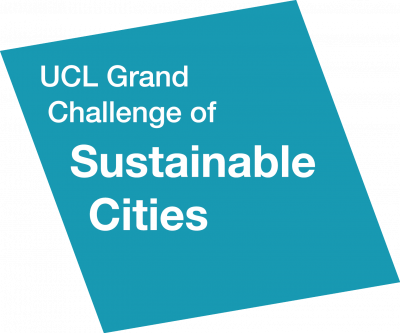HS2: “a rich man’s toy”? – Understanding the distributional impacts of transport
A small grant was awarded for a Grand Challenge Sustainable Cities project.
1 August 2014
This project combines the disciplines of the humanities and engineering to understand the sustainability of large transport infrastructure projects in terms of the distribution of social, environmental and economic impacts.
There is considerable evidence that those on low incomes living in deprived neighbourhoods, are more adversely affected by the impacts of transport than those living in more affluent neighbourhoods. These differences include an increased risk of road traffic injury, increased concerns about personal security, and higher exposure rates to ozone and particulate matter. This combination of problems can reduce access to key services such as employment, education and healthcare, lead to social isolation and reduce physical and mental well-being.
However, current methods used to appraise and evaluate transport schemes are based on aggregate measures of the ratio of total benefits to total costs. Distributional impacts, if considered at all, are typically assessed using qualitative methods and are thus likely to be given less weight in decision-making process than total benefits given the current dominance of quantitative methods within the field of transport planning. Quantifying the distributional impacts of transport schemes is not straight forward. Different doctrines exist within the social justice and equity literature which provide a variety of rules for considering distributional impacts, but it is not obvious which should be applied in different policy contexts or how to translate these into objective measures.
This project aims to assess the extent to which distributional impacts are considered in appraisal and evaluation of major transport policies, programmes and projects and critically assess the evidence that transport projects lead to distributional impacts.
 Close
Close


